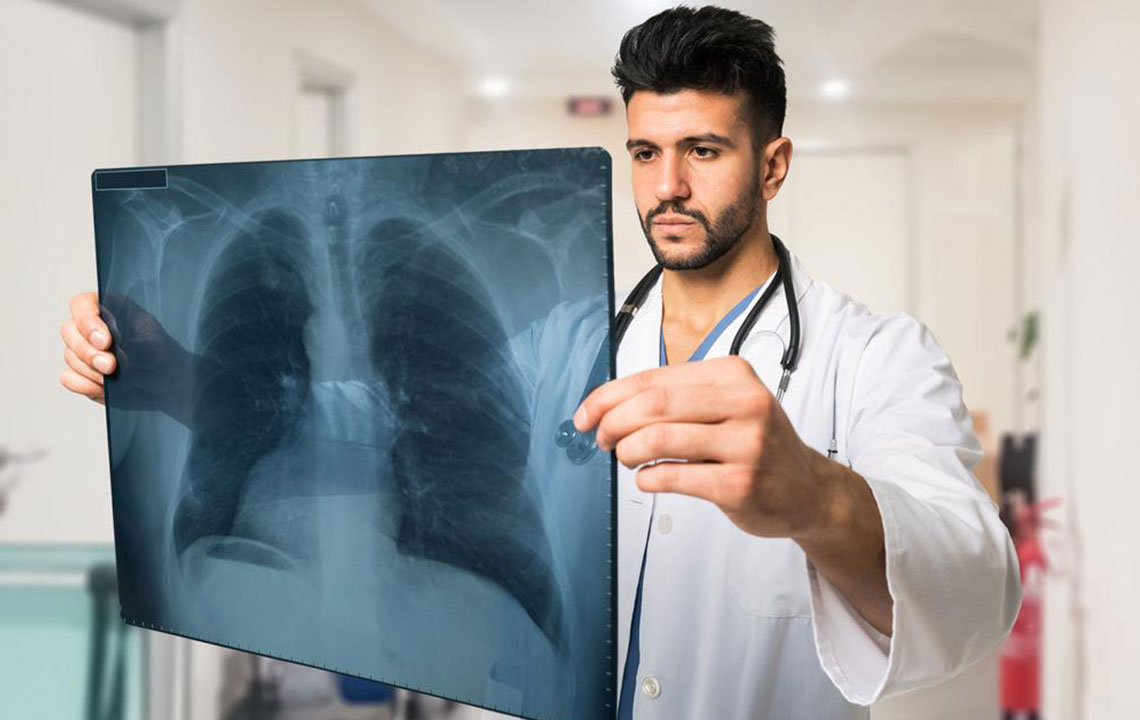Signs and Methods for Detecting Pulmonary Embolism
Pulmonary embolism is a serious condition caused by blood clots blocking lung arteries. Recognizing symptoms such as shortness of breath, chest pain, and coughing blood is critical for timely diagnosis. Diagnostic tools include imaging tests and blood analysis, while treatment involves anticoagulants and surgical interventions. Early detection can prevent severe complications or death, emphasizing the importance of awareness and prompt medical care.

Signs and Methods for Detecting Pulmonary Embolism
Pulmonary embolism occurs when a blood clot blocks arteries in the lungs, usually originating elsewhere in the body. These clots often develop from deep vein thrombosis, particularly in the legs, and travel to the lungs, causing partial or complete obstruction. High risk factors include cancer, obesity, aging, and genetic predisposition. Such blockages can severely impair oxygen delivery, leading to critical health issues or death if untreated.
Recognizing symptoms early is vital since many cases remain unnoticed. Symptoms indicative of pulmonary embolism include shortness of breath, chest discomfort, rapid breathing, coughing up blood, fainting, irregular heartbeat, skin discoloration, confusion, limb swelling, and sometimes fever. Imaging tests like pulmonary angiography, blood tests (D-dimer), ECG, ventilation/perfusion scans, chest X-rays, and leg ultrasounds aid diagnosis. Treatment options involve anticoagulants, clot-busting medications, or surgery. Prompt medical attention is crucial to prevent fatal outcomes.










